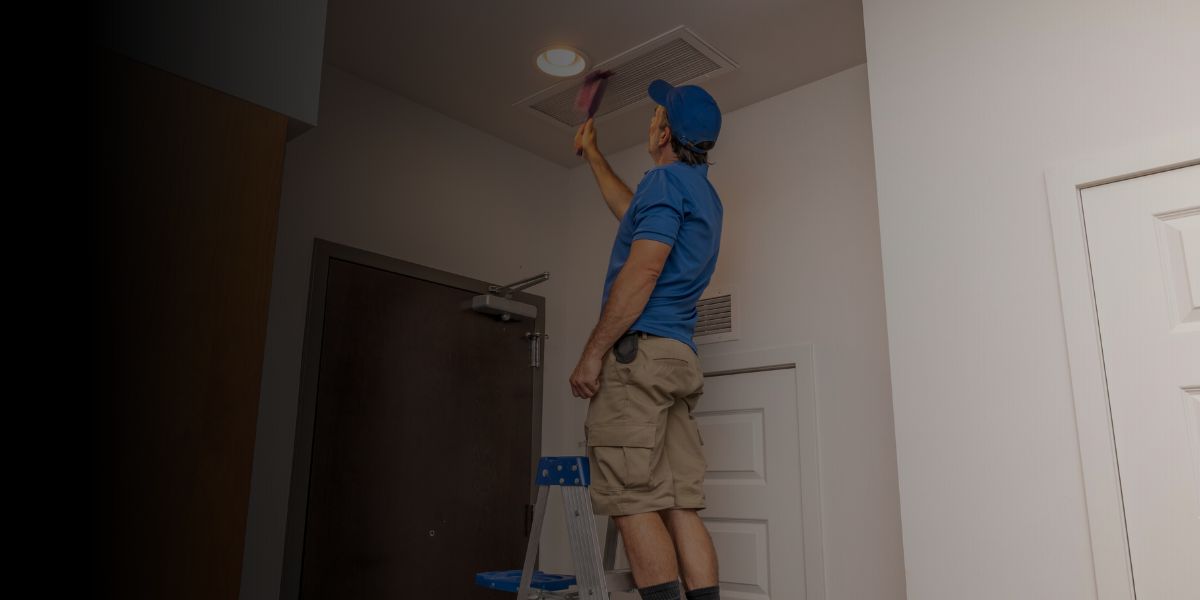“`html
How to Tell If Your Vents Are Blocked or Restricted
In any home or office, effective ventilation is essential for maintaining a comfortable indoor environment. However, air ducts and vents can easily become blocked or restricted over time, leading to a decrease in air quality and efficiency. This blog post will guide you through the signs of blocked or restricted vents, helping you maintain optimal airflow in your space.
Understanding Airflow and Ventilation
Proper airflow is crucial for heating, cooling, and overall indoor air quality. When air vents are functioning as they should, they promote energy efficiency and ensure that each room in the building receives adequate heating or cooling. Regular maintenance and checks are necessary to prevent issues associated with blocked vents.
Signs Your Vents May Be Blocked or Restricted
- Reduced Airflow: Noticeable drops in the amount of air flowing from your vents can indicate a blockage, which might stem from dust buildup, debris, or other obstructions.
- Inconsistent Temperatures: If some rooms are significantly hotter or colder than others, it could point to a restriction in airflow. Blocked vents can hinder the distribution of air throughout your home.
- Strange Noises: Whistling or banging noises coming from the vents may suggest that air is struggling to pass through. This can be due to blockages or loose components within the ductwork.
- Increased Energy Bills: A sudden spike in your energy costs might be attributed to your HVAC system working overtime to compensate for reduced airflow caused by blocked vents.
- Visible Dust or Debris: If you notice dust buildup around the vent covers or on the furniture nearby, it may imply that the airflow is insufficient, causing particles to settle instead of being circulated.
- Unpleasant Odors: Foul smells emanating from the vents could be a result of mold or accumulated debris within the ductwork, hindering proper airflow and making the air quality poor.
How to Inspect Your Vents
Regular inspections of your air vents can help you identify potential issues early on. Here are steps you can take to check for blockages or restrictions:
- Visual Inspection: Start by taking a close look at the vent covers. Remove them if necessary and check for visible dust or debris. Clean them if needed.
- Airflow Test: Use your hand to feel the airflow coming from the vents. If it feels weak, this might be a sign of a blockage.
- Check for Obstructions: Look for any items that may be blocking the vents, such as furniture, curtains, or personal belongings. Ensure that vents are unobstructed to allow for proper airflow.
- Examine Ductwork: If you have access to your ductwork, inspect it for any kinks, holes, or disconnections that could be limiting airflow.
- Monitor HVAC Performance: Pay attention to how your heating and cooling systems are performing. If they seem to struggle to maintain temperature, blocked vents might be the cause.
Solutions for Blocked or Restricted Vents
If you identify issues with your vents, implementing solutions can restore proper airflow:
- Clean the Vents: Regularly cleaning your vents and ductwork is essential to maintaining good airflow. Use a vacuum with a brush attachment to remove dust and debris.
- Install Vent Covers: Consider installing vent covers that can help prevent dirt and dust from accumulating in the vents.
- Scheduling Professional Service: If the problem persists or if you are unsure how to proceed, hiring a professional HVAC technician can help. They will have the tools and expertise to clear blockages and perform necessary repairs.
- Regular Maintenance: Routine maintenance of your HVAC system can help prevent blockages. Change filters regularly and schedule annual inspections.
Preventing Future Blockages
Preventative measures can significantly reduce the likelihood of blocked vents in the future. Consider these tips:
- Keep Vents Clear: Ensure that furniture and other objects don’t obstruct vents. Maintain a clear path in front of all air vents.
- Regular Cleaning: Create a cleaning schedule for your vents and ducts to reduce dust buildup over time. Vacuum your vents and replace filters as recommended by the manufacturer.
- Check the Outdoor Unit: Ensure that the exterior unit of your HVAC system is free from debris, as this can affect airflow.
- Use an Air Quality Monitor: Consider investing in an indoor air quality monitor to keep track of air quality levels and detect potential issues early.
Conclusion
Blocked or restricted vents can significantly impact your comfort and energy costs. By recognizing the signs and taking proactive measures, you can maintain optimal airflow in your home or office. Regular inspections and maintenance are crucial for ensuring a clean and efficient ventilation system. Implement the tips outlined in this post to keep your vents clear and your indoor air quality at its best.
“`

